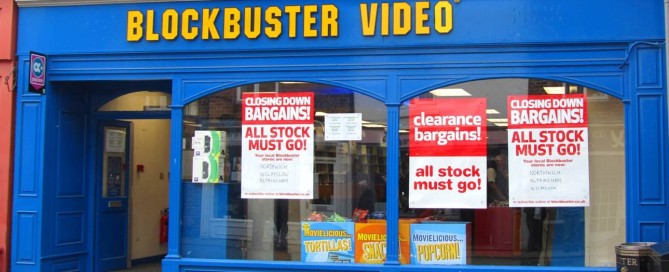Have you stopped to think what impact digitization is likely to have on your career?
The Business Motivation Model – a Key Tool for Talking Business
When I discuss business issues with the C-suite I often find they are deeply concerned with a disconnect between strategy and execution. In my experience this fragmentation and loss of coherency boils down to a single problem: poor communication. Not just a shortcoming in verbal communication but inconsistency in how different parts of the organisation describe issues and relationships within and beyond their business domains and accountabilities.
Capability Based Planning… and Grass
Is it possible to explore aspects of capability-based planning using out of control grass? As it happens, I’d like to establish a small but effective farm – but what’s that got to do with the price of tea in China you may well ask.
Architecture can be Agile
As disruptive innovation continues to reshape industries many business leaders are forced to generate new business models to create new or complementary offerings. Market competition puts immense pressure on businesses, often requiring them to act more like a start-up. Businesses need to balance quick decision making, partnerships and process adoption with the appropriate level of business governance to meet the corresponding growth phase. Departmental areas like legal, finance, and procurement must also respond and react in a timely fashion.
Getting Started with a Capability Model
One of my art teachers regularly commented that making the first brush mark on an empty canvas should not be rushed and that it requires consideration as it will form the foundational reference for any subsequent brush marks. Analogous to this is where to place the first process symbol on the empty ‘process canvas’. Some start with all the stakeholders in a room and after a number of iterations (and some heated arguments), believe they have found the common ground and proceed from there with the process development effort. After a lot of effort and stakeholder time spent on its development it is found that these processes are incomplete, do not fully address the particular business area and cross multiple capability boundaries.
Creativity is the Next Competitive Advantage
Do you value creativity in your organisation? In his book A Whole New Mind: Why Right-brainers will Rule the Future, Daniel Pink says we have entered the ‘Conceptual Age’ of creators and empathizers, where creativity will become the competitive difference. He outlines six essential elements: Design, Story, Symphony, Empathy, Play and Meaning.
A short-time ago I spent 3 days with a swarm of highly creative business people in Amsterdam at a Business Models Inc event
Architects are Made, Not Born
As a talent management consultant for an architecture consulting firm I am often asked what I look for in an up and coming architect and my first answer is usually: at least a few years’ experience in the discipline as well as formal training. However, after an 18 year career in talent management and psychometric interpretation, with 8 of those in architecture, it has become glaringly obvious to me (call it intuition or experience) that there are a few fundamental skills that have been evident in those I have noticed early on in their careers and which I now hold up as a comparison when interviewing junior architects.
EA Effectiveness – ONE Measure that Matters
Today I saw on one of the Linked-In Architecture Forums a variation on the classic question of measuring Enterprise Architecture value and effectiveness. The member wrote: “……..So what are the most useful ways in which you have measured the effectiveness of architecture efforts/outcomes in organisations you have worked for”?. Of course this elicited a stream of predictable responses and suggestions relating to levels of compliance, investment alignment, productivity improvement, sourcing effectiveness, blah, blah, blah.
Where the Rubber hits the Roadmap: Architecture Value to Projects
Opinions vary regarding the value an architect adds in the world of project delivery. Some architects define their roadmaps and think their job is done and do not concern themselves with delivery of their architecture. However, delivery teams are frequently left wondering; what can we deliver within our budget, how do we deliver the roadmap and who can we partner with to deliver it.










